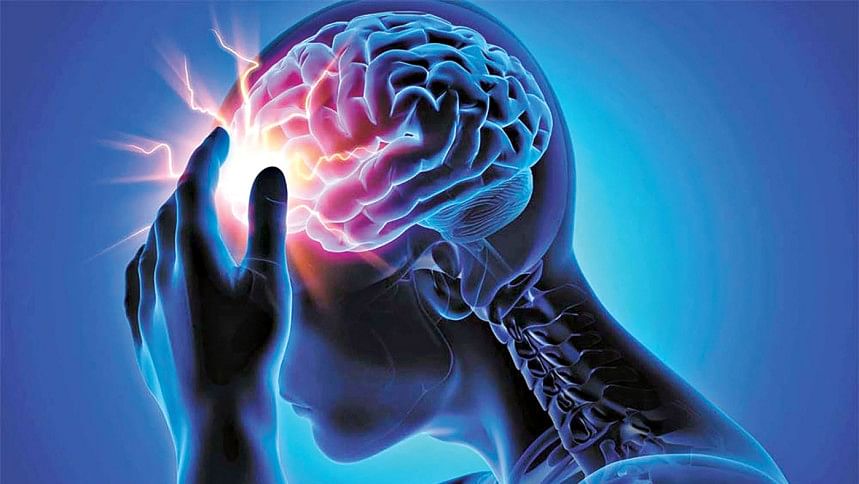Pituitary tumours - How prevalent are they?

The pituitary gland is a key source of hormones in the human body and is one of the most important suppliers of hormones. The pituitary gland is a pea-sized gland connected to the base of the brain. The pituitary gland is referred to as the "master gland" because its hormones govern the balance of hormones produced by the majority of the other glands in the body. In this way, the pituitary gland regulates several activities, including growth, development, and reproduction. It also regulates the function of other organs, including the kidneys, breasts, and uterus.
Uncontrolled cell growth in the pituitary gland can sometimes result in tumours. A pituitary adenoma is a tumour or growth of the pituitary gland. The majority of pituitary adenomas are slow-growing and benign, meaning they are not cancer and do not spread to other regions of the body. However, when they expand in size, they can impose pressure on adjacent tissues, such as the nerves connecting the eyes to the brain, causing discomfort. This is referred to as the "mass effect." Besides mass effect, the patient may experience weight gain or loss, muscle ache, smell alteration, behavioural changes, fatigue, sexual dysfunction, and early menopause.
The pituitary gland is referred to as the "master gland" because its hormones govern the balance of hormones produced by the majority of the other glands in the body. In this way, the pituitary gland regulates several activities, including growth, development, and reproduction. It also regulates the function of other organs, including the kidneys, breasts, and uterus.
Tumours smaller than 1 cm are called microadenomas, and tumours larger than 1 cm are macroadenomas. Some adenomas generate hormones, while many do not. A larger adenoma can also compress normal pituitary cells and prevent them from functioning normally, resulting in hypopituitarism. This disorder can result in low blood pressure, exhaustion, and changes in sexual drive and function. It might also make you feel less capable of dealing with stress.
Pituitary adenomas constitute around 10–15% of skull tumours. They occur in 77 out of 100,000 people, although 20% of people may have them at some point. However, many pituitary adenomas, especially microadenomas, cause no symptoms and are never identified. About twice as many people have macroadenomas. Pituitary adenomas can arise at any age but are most frequent in the 30s and 40s. Rare among those under 20. Adenomas are more common in women.
Pituitary macroadenomas might be asymptomatic or cause symptoms owing to hormone imbalance or mass effects. The latter can cause vision impairments, headaches, high intracranial pressure, and intracranial haemorrhage. Hormonally active tumours might present with symptoms due to target organ stimulation, such as hyperthyroidism, Cushing syndrome, or hyperprolactinemia.
Tumours in asymptomatic people may be identified when imaging the head for unrelated medical issues. The frequency of pituitary tumour diagnosis has increased with the extensive use of computed tomography (CT) and magnetic resonance imaging (MRI) scans.
The cause of pituitary macroadenomas is unknown. However, the most widely accepted explanation blames tumour initiation and development on the monoclonal neoplastic (a single abnormal cell reproduces itself into a cancerous mass) transformation of pituitary cells.
Macroadenoma therapy aims to cure. Medications, surgery, and radiation are used to reduce tumour bulk, restore hormone function, and restore normal vision. Pituitary macroadenomas typically require surgery. Pituitary macroadenomas often require surgical extirpation for the cure.
Transsphenoidal surgery is used. Transcranial surgery is needed in 1% of cases. Compared to microadenomas, macroadenomas with extrasellar extension had 15–37% remission rates with surgery alone. Radiation and medicine often complement surgery.
E-mail: [email protected]

 For all latest news, follow The Daily Star's Google News channel.
For all latest news, follow The Daily Star's Google News channel. 



Comments